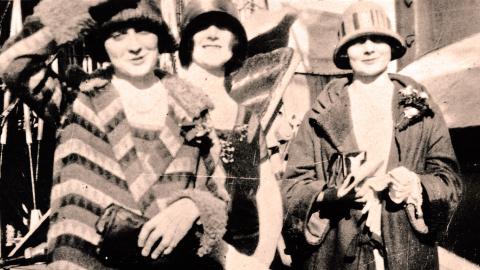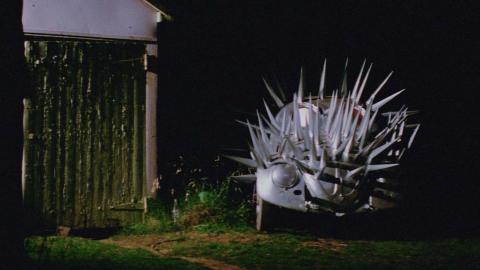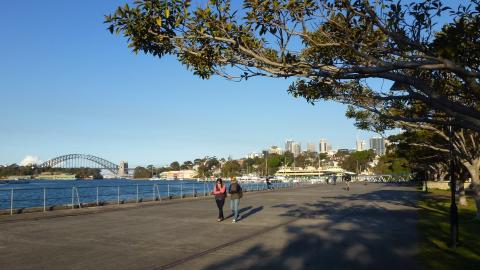
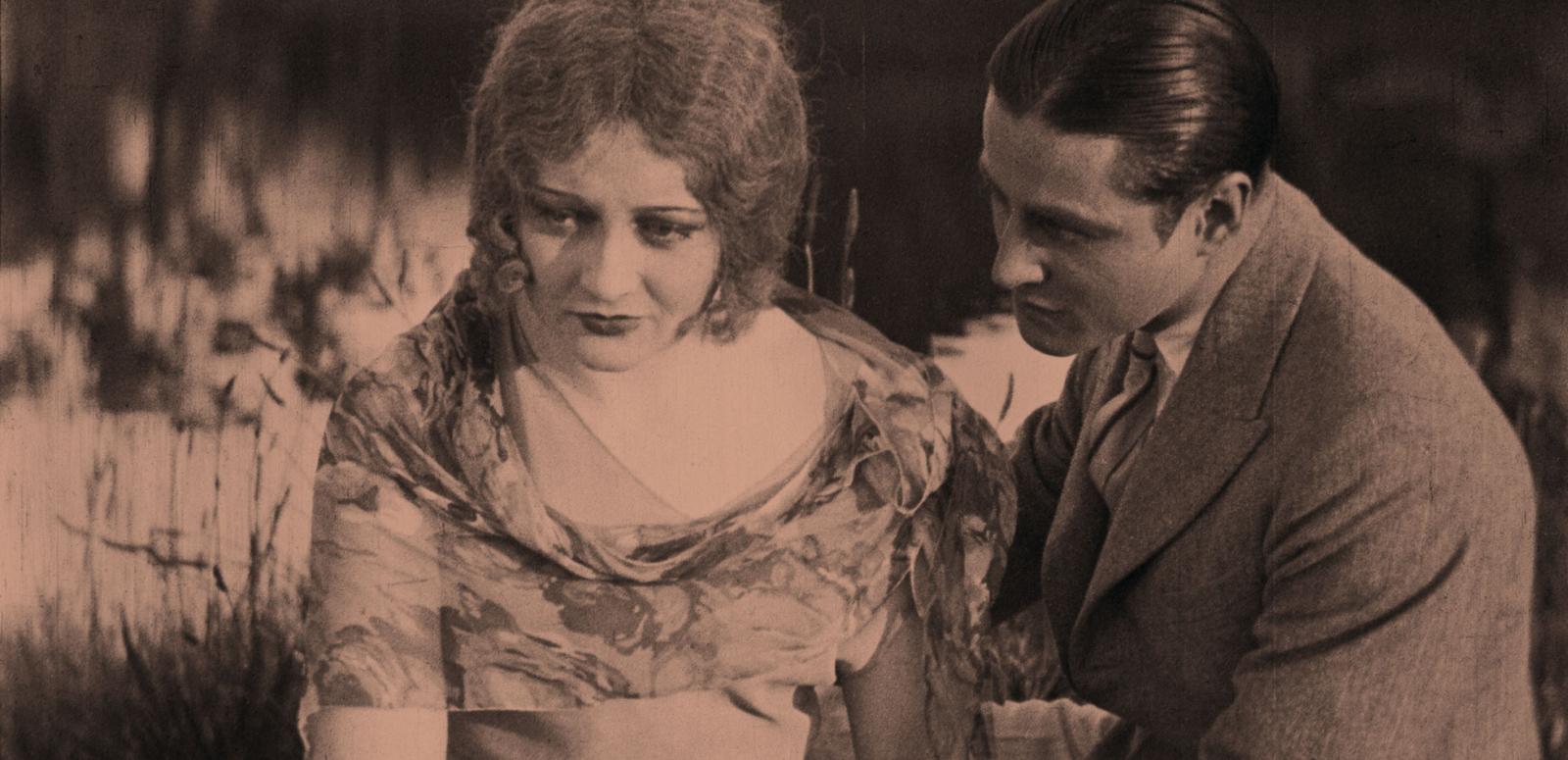
NFSA Restores: The Cheaters
The story behind the new restoration of one of the earliest Australian films made by a team of female filmmakers.
Before and after trailer of the digital restoration of The Cheaters, 1929. (d. Paulette McDonagh, silent version). NFSA title: 707539
From silence to sound
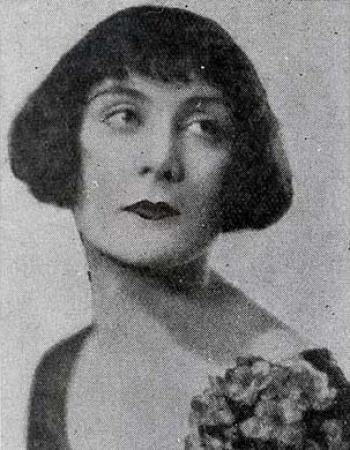
The McDonagh sisters - Paulette (director), Phyllis (art director) and actress Isabel (billed as Marie Lorraine) - experienced great success with their first two films, Those Who Love (1926) and The Far Paradise (1928). They quickly established themselves as a female filmmaking trio and The Cheaters was highly anticipated to be their third hit.
But by the time they had completed the 1929 production, American 'talkies' had flooded the Australian market and the silent era was facing its demise. Determined to improve on the appeal of The Cheaters, the sisters rushed to convert it (despite technological difficulties) to a part-talkie and later to a full-talkie film in 1931.
The sound version failed to impress judges of the Commonwealth Film Prize 1930 and was met with unkind reviews.
It was a bitter experience for the sisters who eventually shelved the project. In a January 1934 article for Truth, Paulette wrote 'It was the best silent we ever made' but 'by that time dame fashion was lifting an ironical eye-brow at brevity in skirts! Our film was hopelessly out of date.'
Restoring the silent film
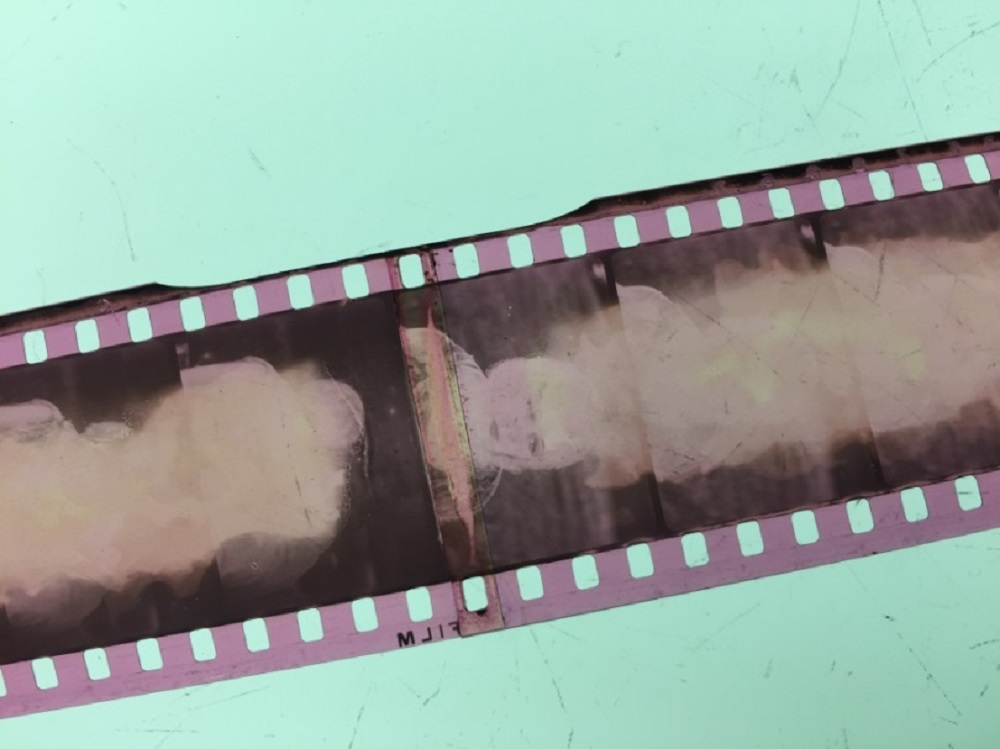
In January 2017 we embarked on a digital restoration of the film as part of the NFSA Restores program, with film restoration partner Haghefilm Digitaal.
Today it is the original silent film that survives as the most complete version of The Cheaters. As with many early films, the 35mm original film negatives of the silent version are lost; the only 35mm (nitrate) film print known to be in existence is held by the NFSA after we acquired it in the early 1980s.
Upon first examining the 35mm nitrate print I was met with large, dirty thumbprints (left behind from film processing), clunky splices, scratches, spots and a few missing frames. The raw scan of the 35mm nitrate print revealed other defects: it was heavily scratched and an extensive amount of distracting marks appeared on close-up shots.
The quality of each reel varied significantly upon viewing, suggesting that the four-reel feature was possibly combined from completely different prints before finding its way to the NFSA. Since the silent version did not (apparently) screen publicly, this rare print was possibly worn out from private screenings.
Some unexpected colour
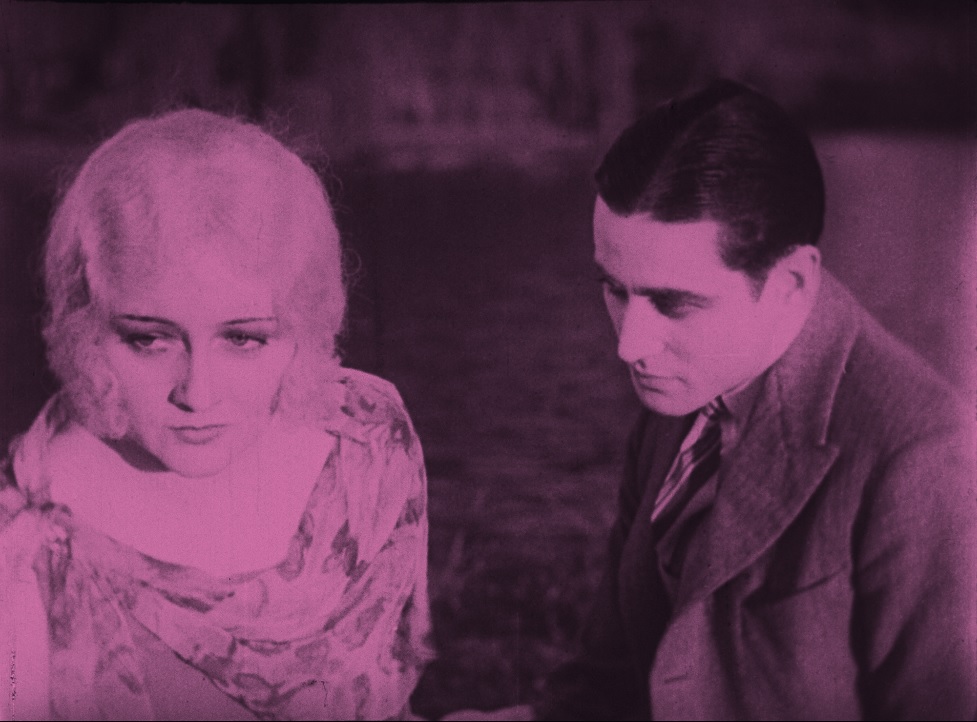
A big surprise was the stunning vivid tints scattered amongst the reels; there were rose, blue, yellow and pink colours interspersed with the black-and-white scenes and inter-titles. I had hardly noticed the tints when earlier viewing an exhausted VHS copy of the film.
One part of the film was significantly suffering from decomposition: a beautifully pink-tinted scene featuring Paula Marsh (played by Marie Lorraine AKA Isabel McDonagh) and Lee Travers (Josef Bambach), deep in a romantic trance upon the grassy banks of a lake (see right). This is one of the most emotional scenes in the film as Josef Bambach (who was dubbed Australia’s Rudolph Valentino at the time) stares intensely at Paula with his kiss-or-kill eyes (made-up heavily with classic silent film kohl).
Lorraine's movements are subtle in these scenes; her scarf and hair blow in the breeze and her eyes sadden when she realises that their courtship must end. Unfortunately, the decomposition had erased these images and, to revive the scene, we sent a 16mm release print of The Cheaters to Haghefilm. They replaced the damaged section of the 35mm film with the 16mm image, seamlessly matching the vivid tints.
Ready for its close-up
A big question when managing a digital restoration is how far do you go? While the digital clean-up achieved significant improvements in re-stablising, de-flickering and grading the image, extra time was needed to address some remaining distracting scratches and spots. In order to maintain the integrity of the original image, NFSA film restorations aim to return the image to a condition as close as possible to the original without changing it. Therefore defects were only removed if they did not compromise the original image.
The Cheaters now has a new screening life. Uncovering the stylistic and cinematic details crafted by the pioneering McDonagh sisters has been a rewarding process. The finer details of this Hollywood-inspired melodrama now enjoy an intensified clarity true to its original form. As one of the earliest Australian films made by a team of women, it has been an honour to restore a film that holds such a special place in Australian film history.
NFSA Restores: The Cheaters screened as part of the BFI London Film Festival, from 11–14 October 2020.
It previously screened at New York's Museum of Modern Art on Tuesday 14 and Saturday 18 January 2020.
The National Film and Sound Archive of Australia acknowledges Australia’s Aboriginal and Torres Strait Islander peoples as the Traditional Custodians of the land on which we work and live and gives respect to their Elders both past and present.
